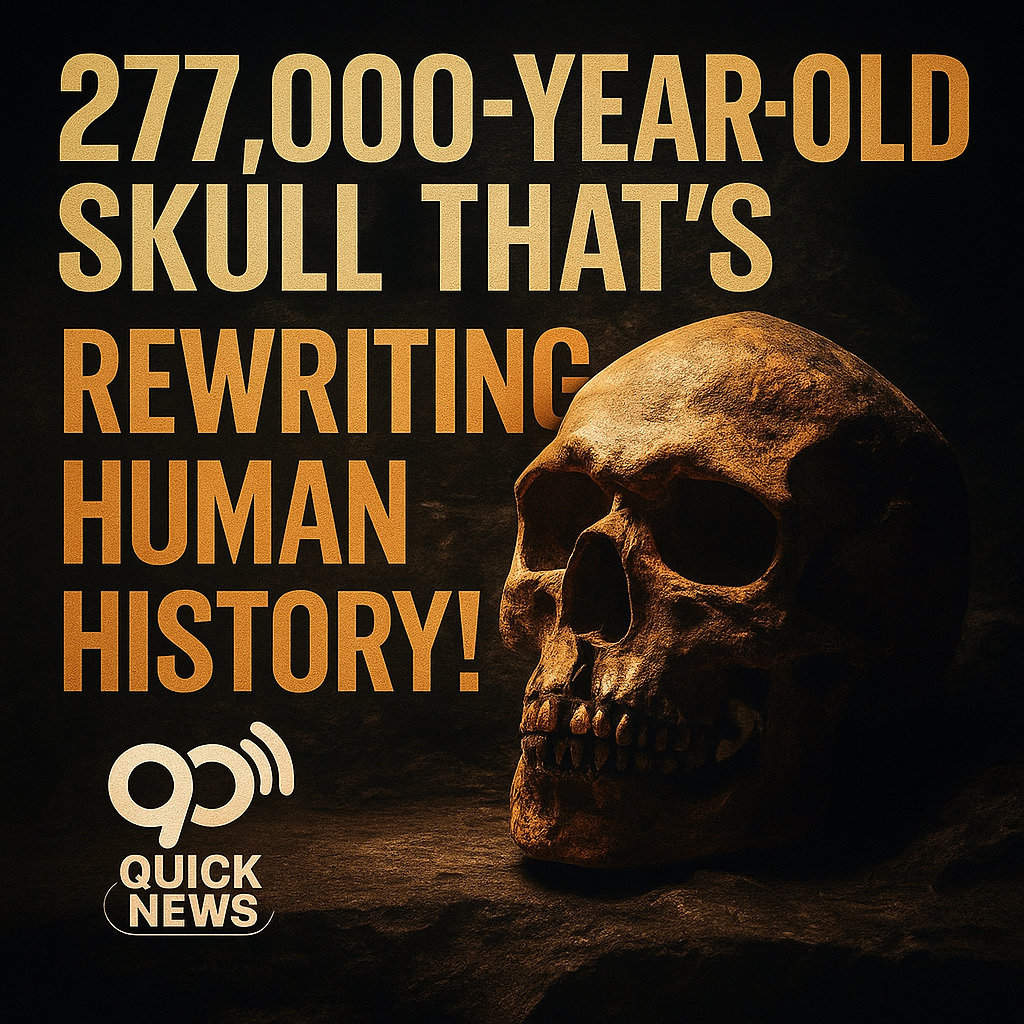A groundbreaking 2025 scientific study has revealed astonishing findings about the famous Petralona skull, a nearly complete ancient cranium discovered in 1960 near Thessaloniki, Greece. For over six decades, this skull has baffled scientists due to its mysterious lineage, as it does not belong to Homo sapiens (modern humans) or Neanderthals. The new research, published in the Journal of Human Evolution, confirms that the skull is at least 277,000 years old, challenging long-held theories about the evolution of early humans.
The Petralona skull, preserved under layers of calcite, has sparked intense debates since its discovery. Early researchers believed it was around 50,000 years old, but subsequent studies proposed ages ranging from 170,000 to 700,000 years. This recent uranium-series dating study, led by Christophe Falguères, supports the classification of the skull as Homo heidelbergensis, a species that coexisted with Neanderthals during the Middle Pleistocene era.
Chris Stringer, a paleoanthropologist at London’s Natural History Museum, stated that this new age estimate proves the coexistence of multiple human species in Europe during this period, reshaping our understanding of human evolution.



